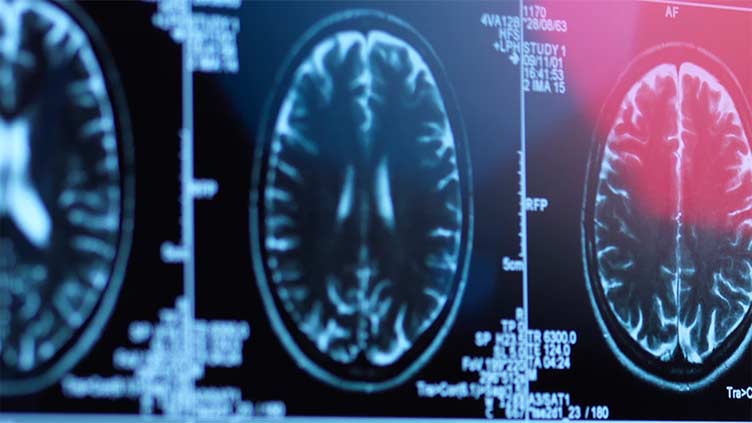MRIs show brain differences in obese men, women

Researchers used three different kinds of MRIs to evaluate the structure.
ISLAMABAD, (ONLINE) - A new study of overweight and obese people’s brains suggests that future weight loss treatments should take into account whether someone is male or female.
MRIs revealed gender-based differences in both the structure and function of the brains of overweight and obese people. For example, researchers found evidence in the brains of overweight women indicating they are more susceptible than men to cravings for highly processed food and are at a higher risk of food addiction.
“We believe this has huge implications for treatment. We have to consider emotion regulation techniques, mood and vulnerability factors for women, which may not be as pertinent variables to highlight when implementing obesity-interventions for men,” researcher Arpana Gupta, PhD, said on Twitter. Gupta is a brain, obesity, and microbiome scientist at UCLA.
Published Tuesday in the journal Brain Communications, the study compared brain MRIs and health questionnaire data for 183 people ages 18 to 55. The researchers compared people based on weight status as well as by gender. People were considered overweight or obese if they had a body mass index (BMI) over 25. (BMI is a calculation using weight and height.)
Researchers used three different kinds of MRIs to evaluate the structure and functioning of participants’ brains. That information was then used to create a system that could look at MRI data from a single person and successfully predict obesity status or gender.
The resulting model was successful at least 75% of the time. This indicated to researchers that there are meaningful gender-based differences in overweight and obese people’s brains.
A history of mental health problems or childhood trauma was also linked to differences uncovered by the MRIs that influenced people’s relationship with food.
The study was not able to determine if the brain differences found in the MRIs were present prior to someone gaining weight or if the changes occurred during or after weight gain.

